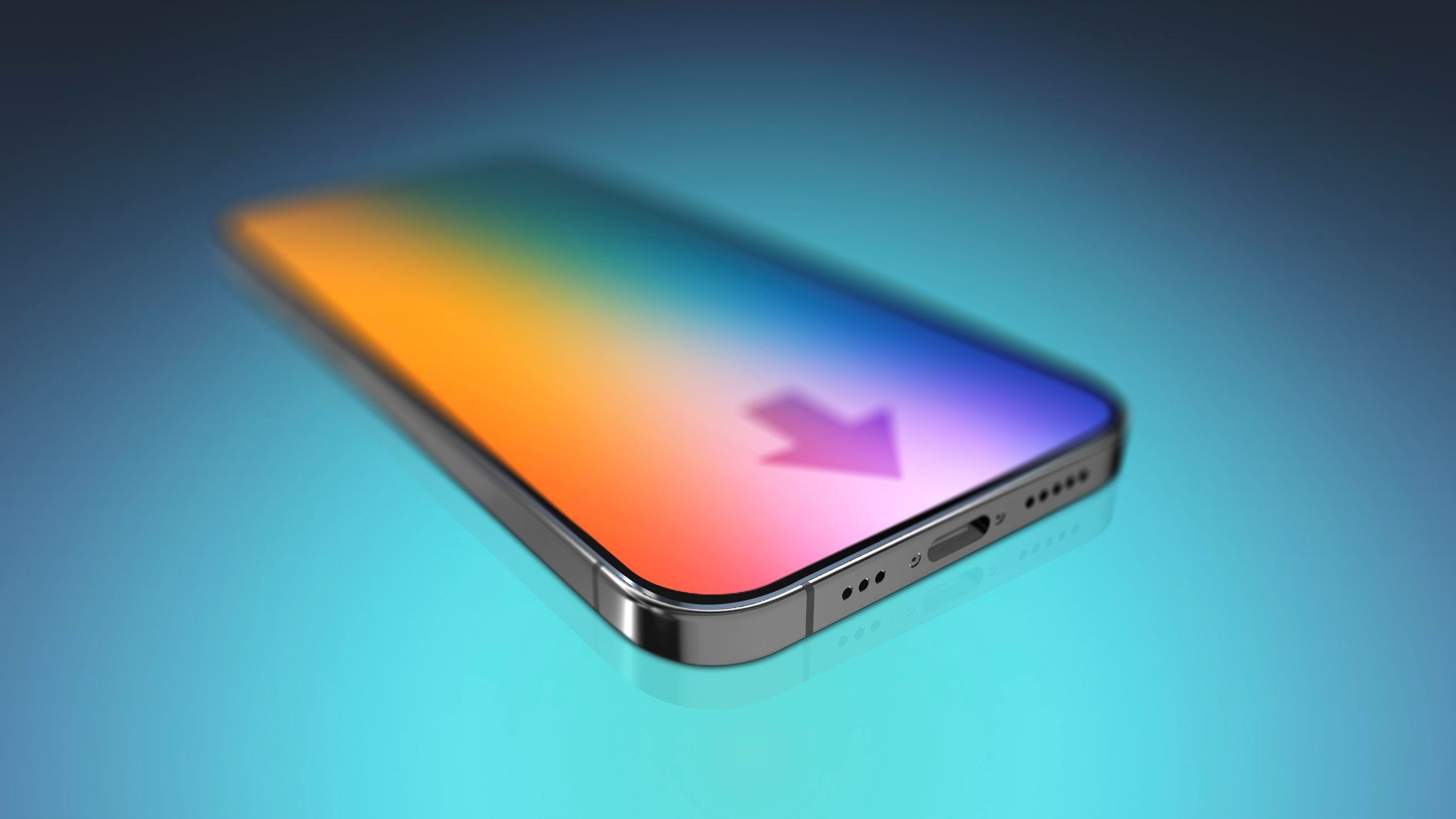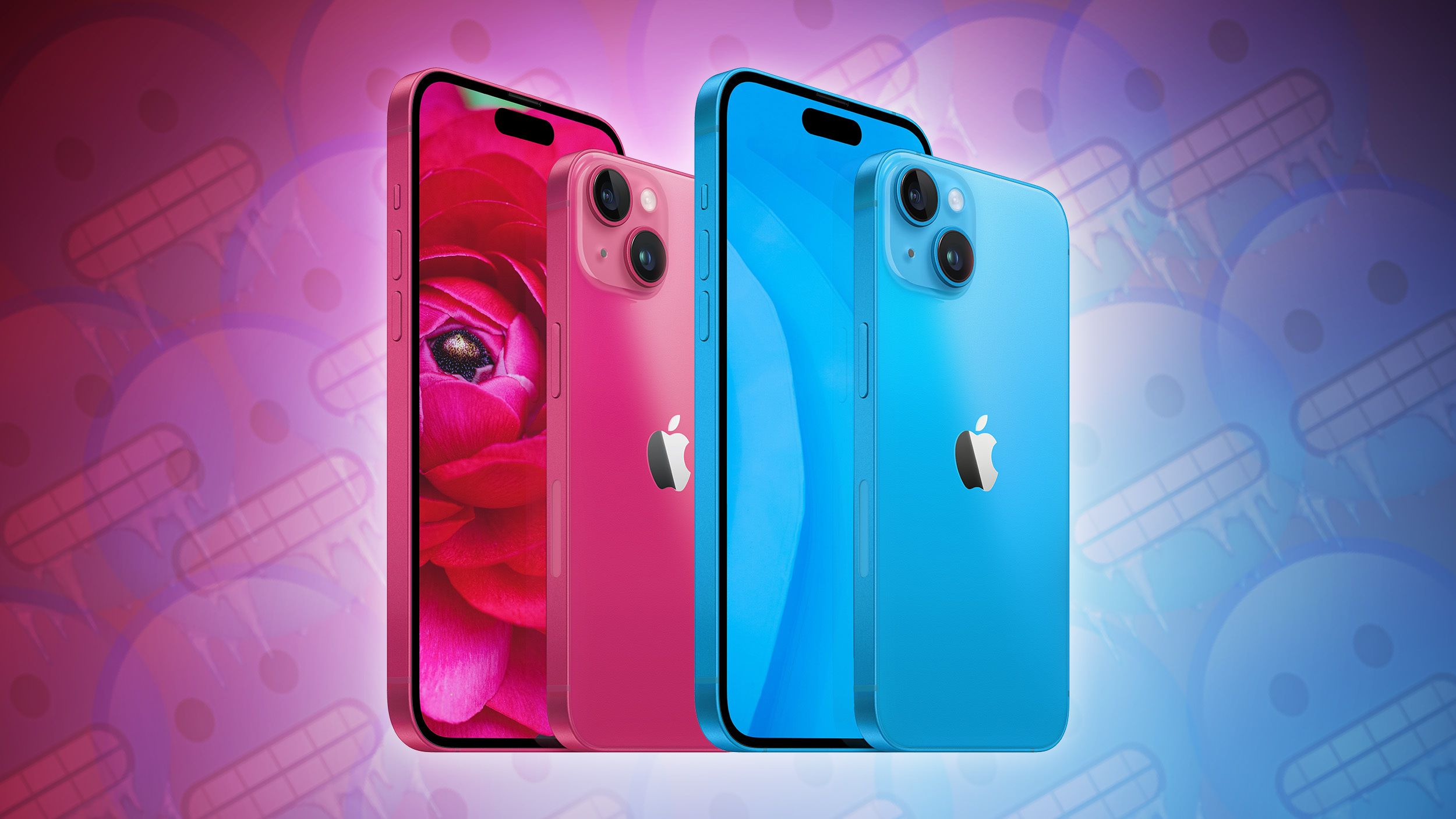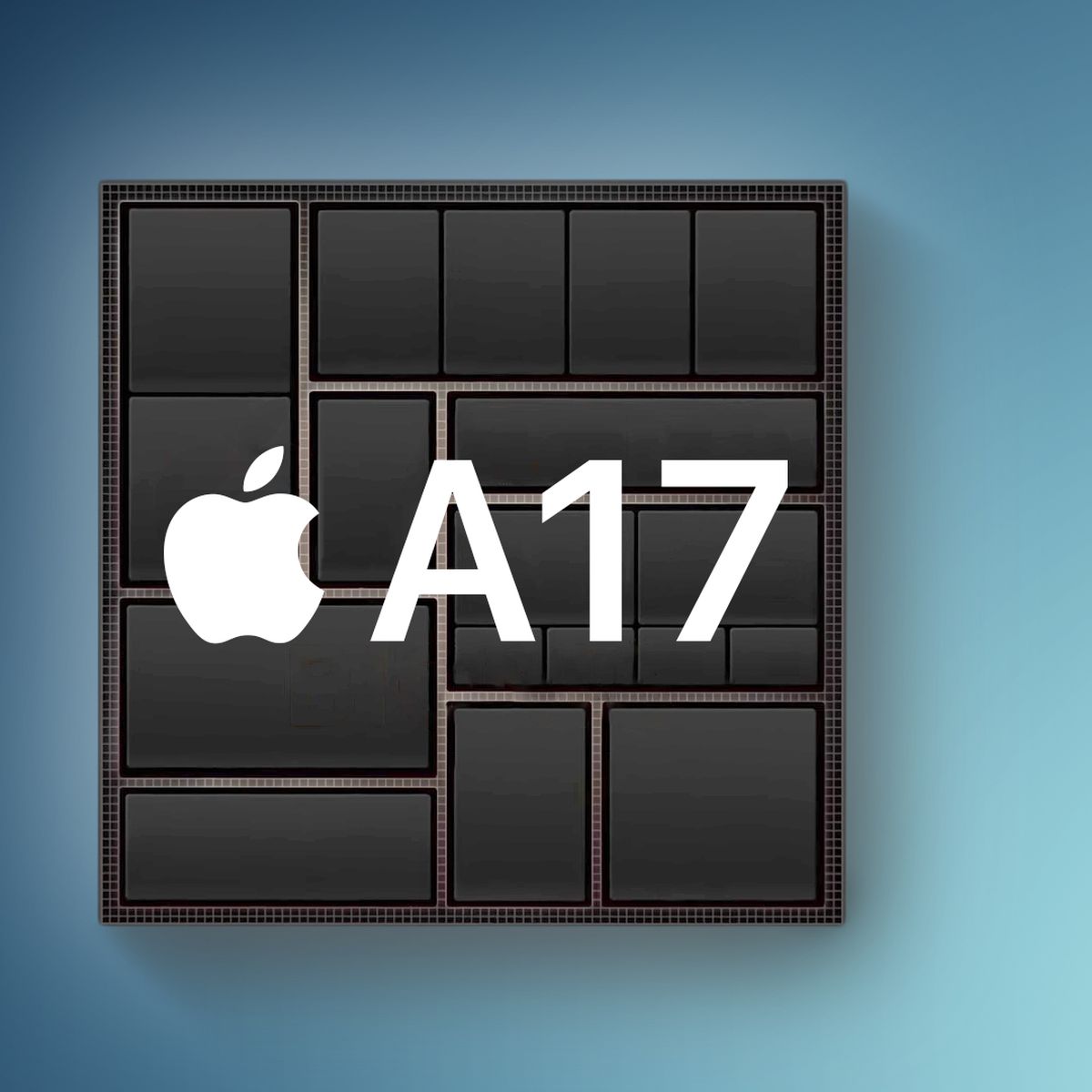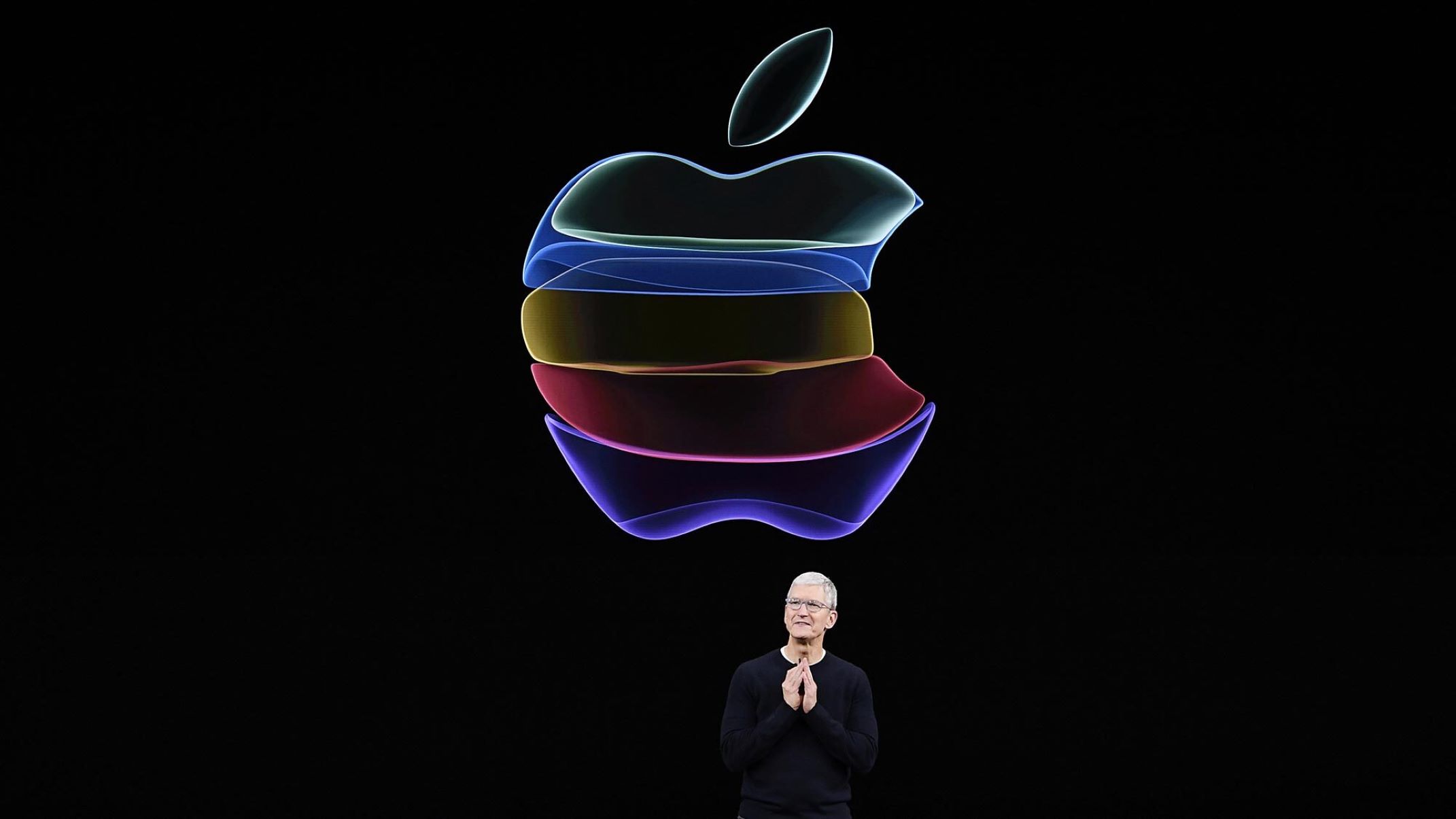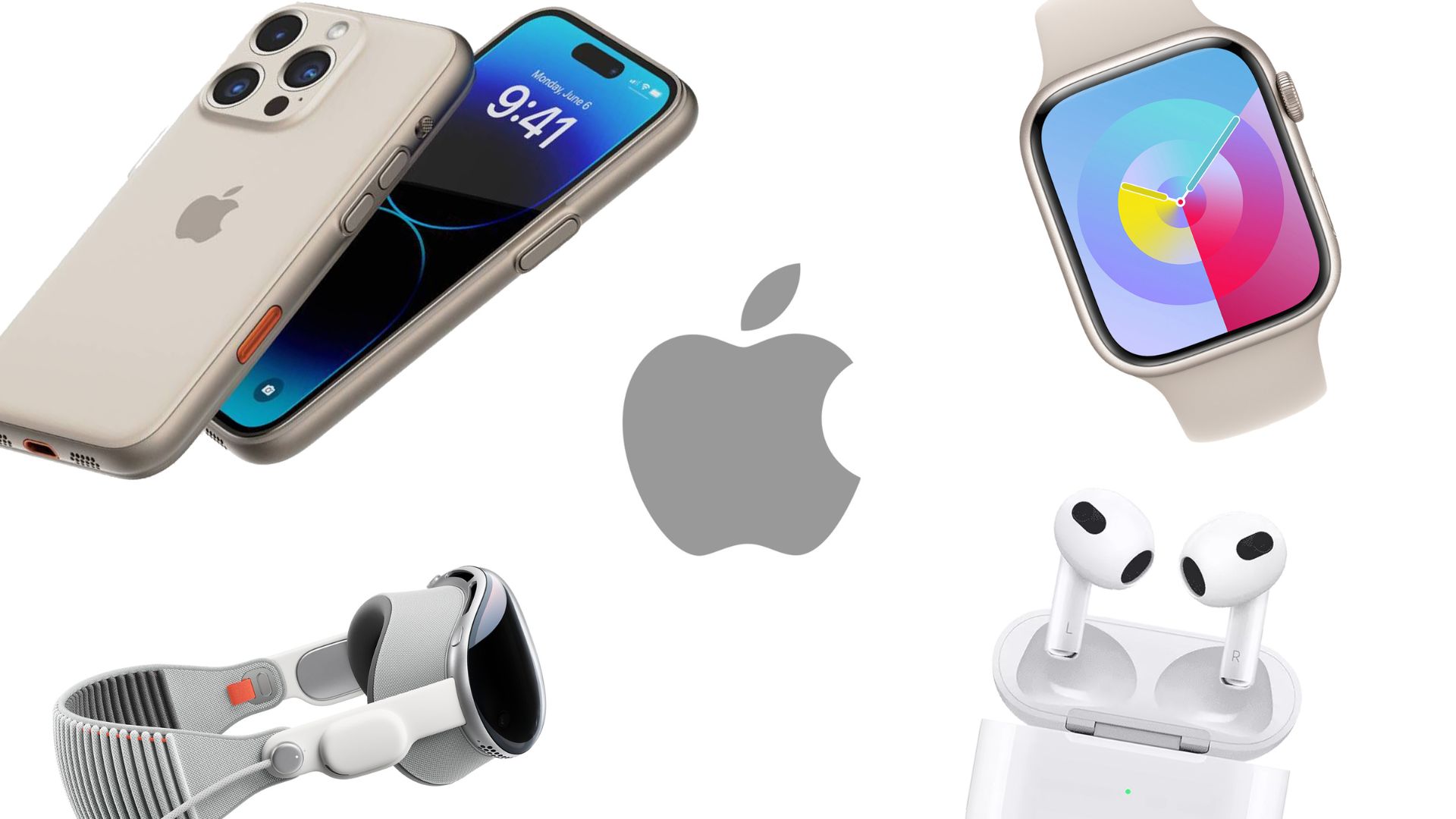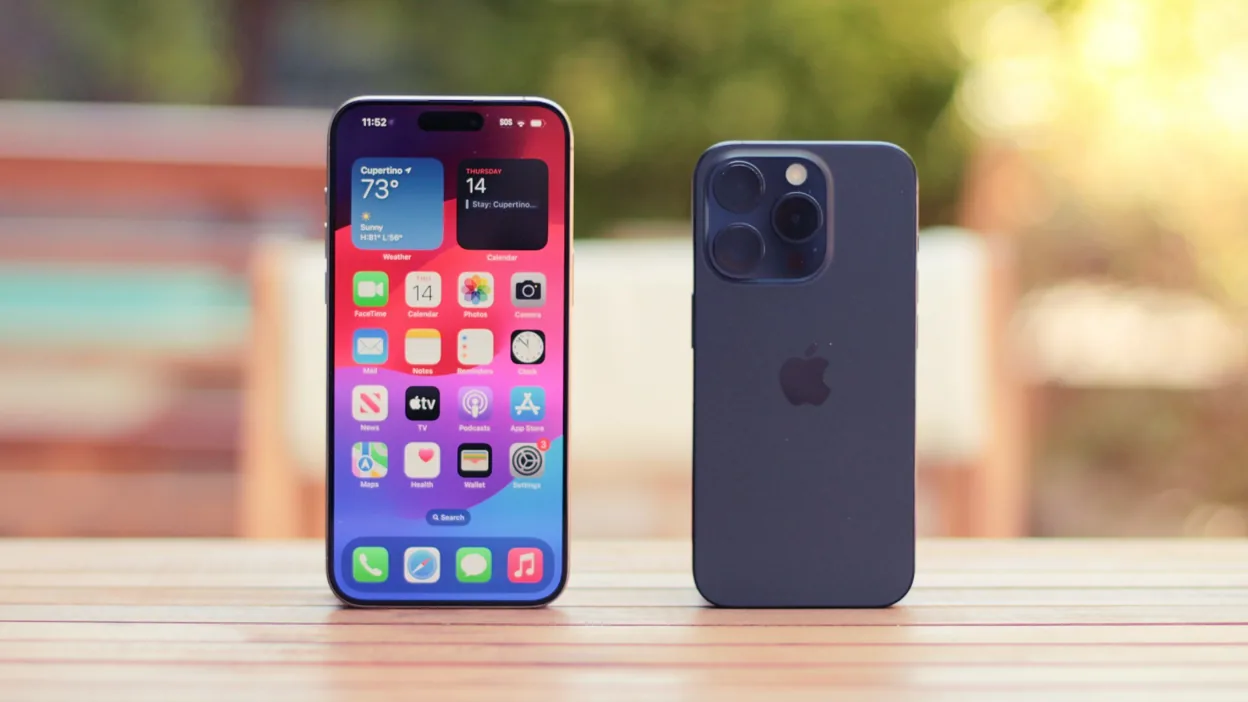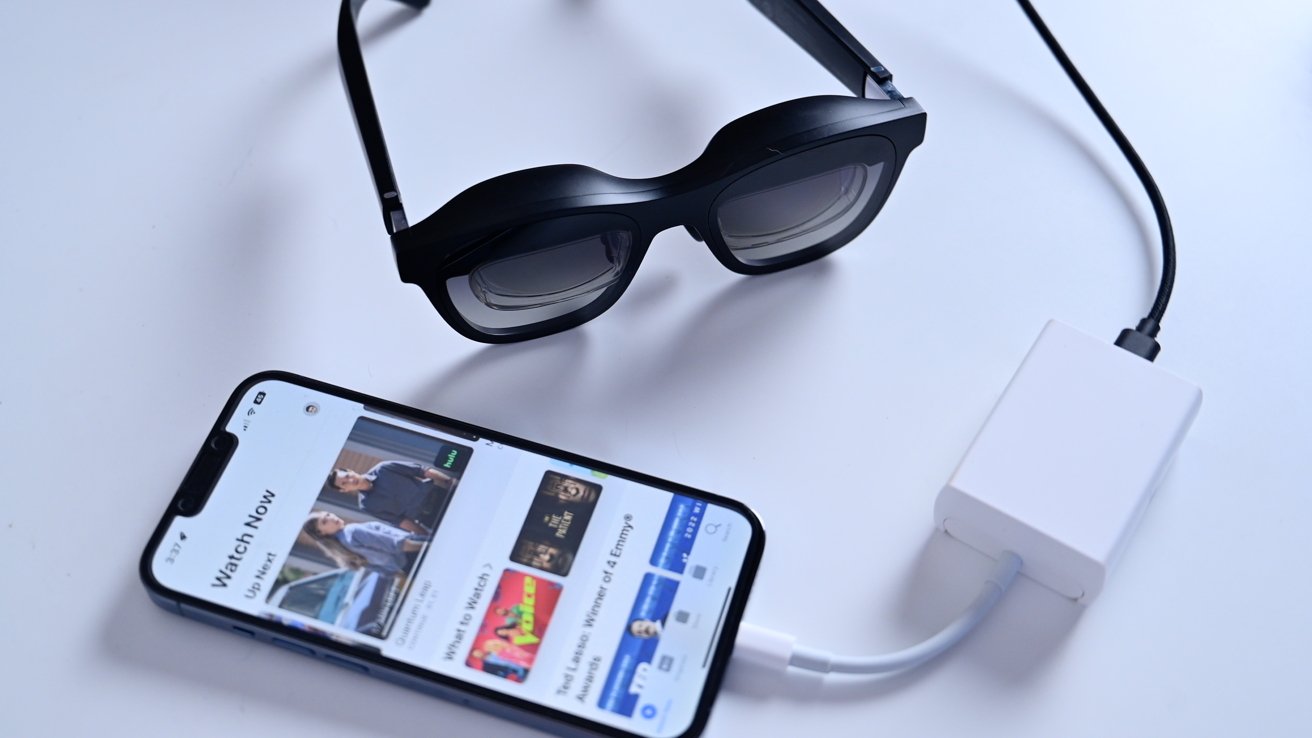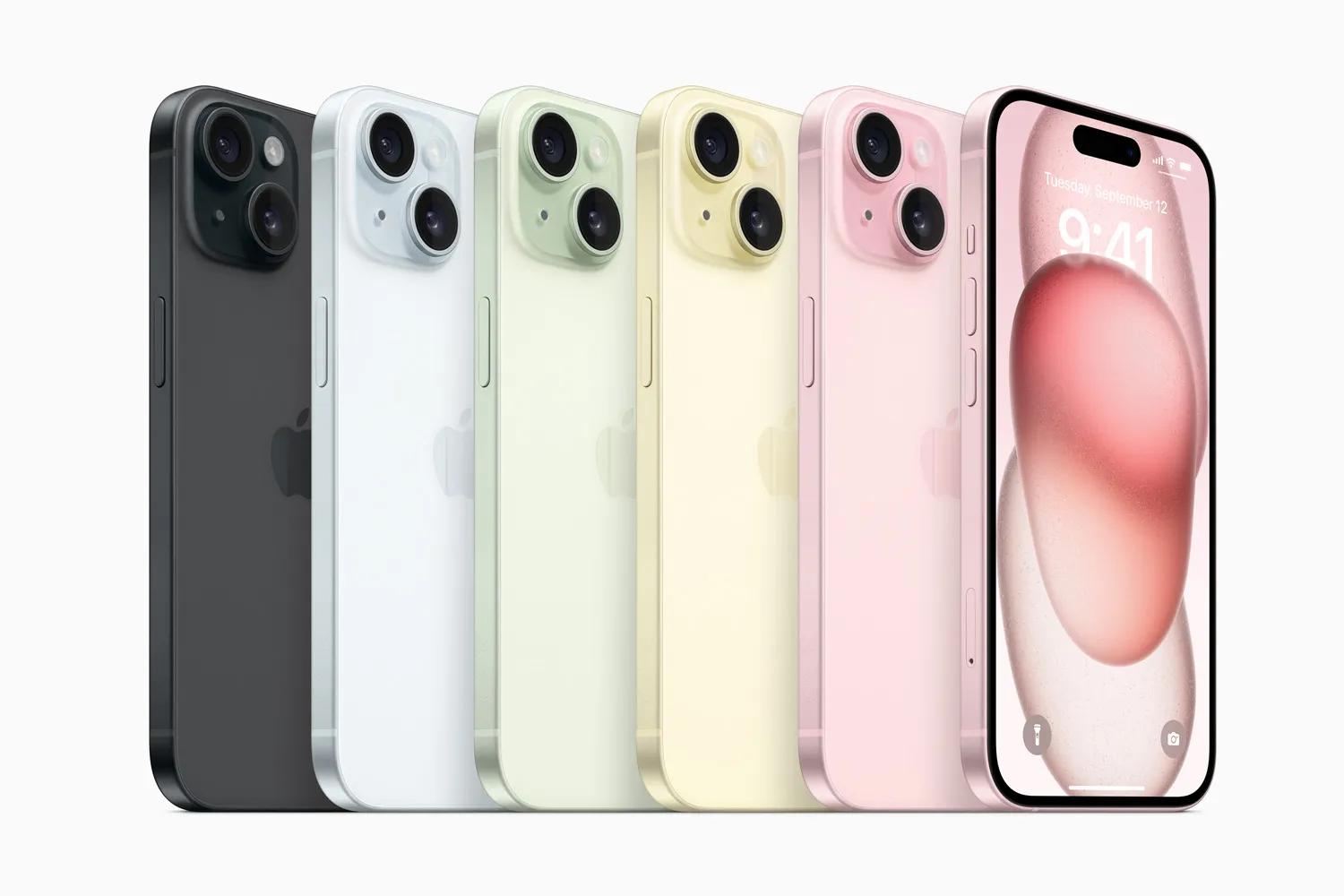Apple is set to unveil the highly anticipated iPhone 15 at a special event tomorrow, and rumors suggest one major change: the shift to a USB-C connector. This marks a significant departure from the Lightning connector that Apple has been using since 2012. While there are other expected updates to the iPhone 15, the shift to USB-C could have the most profound impact, especially for the iPhone 15 Pro and Pro Max models, which are rumored to include Thunderbolt ports.
Key Takeaway
The introduction of a USB-C connector in the upcoming iPhone 15, along with the potential addition of Thunderbolt ports in the Pro and Pro Max models, has the potential to transform the role of the iPhone in users’ computing experiences. This shift opens up new possibilities for the iPhone to become a pocket-sized thin client computer, capable of easily connecting to a range of accessories and serving as a viable alternative to traditional laptops. While the full extent of these capabilities may not be realized immediately, it is clear that Apple is exploring avenues to lead the smartphone industry in revolutionizing the way we think about mobile computing.
With the introduction of a Thunderbolt port, utilizing the same USB-C connector, the iPhone 15 Pro and Pro Max would gain a range of enhanced input and output capabilities. This includes increased options for data transfer, display connectivity, power delivery, and more. Such hardware improvements have the potential to redefine the role of the iPhone in users’ computing experiences.
The Future of Computing on the iPhone 15
This shift in hardware capabilities aligns with the ongoing trend in the smartphone industry, where competitors like Samsung and Motorola have been exploring ways to expand the capabilities of smartphones. For instance, Samsung’s DeX has proven to be a competent desktop replacement. Additionally, there are rumors that Android is working on its own native desktop mode for future releases.
While Apple has yet to fully demonstrate that iPadOS can serve as a complete desktop replacement, the iPhone 15 has the potential to become a transformative device. Imagine a pocket-sized thin client computer that you can take anywhere and easily connect to a variety of accessories, including displays and input devices, catering to your specific needs. The technical barriers necessary to make this a reality do not exist for the iPhone 15, especially with its USB-C port and Thunderbolt capabilities.
Currently, when connecting an iPhone to an external display, the options are limited. Users can either mirror their device’s screen, which is not optimized for larger screens, or, if supported by a developer, output video with a specific resolution and aspect ratio, while leaving the interface unchanged. However, an iPhone capable of projecting an interface similar to iPadOS or even macOS when connected to a screen could replace laptops for a significant portion of users, whether for casual computing or work tasks for the knowledge workforce.
The iPhone’s processors already form the basis for the chips used in Macs, making them more than capable of handling tasks such as email, web browsing, video playback, and even photo editing. iPadOS demonstrates that the required software functionality can be achieved on similar hardware.
Potential Implications and Future Possibilities
While this shift in the iPhone’s capabilities could potentially cannibalize Apple’s existing Mac market, the company has never been afraid to disrupt its own sales to lead a paradigm shift in user experiences. Tomorrow’s announcement will likely introduce the iPhone with the USB-C connector, but the question remains whether this will be a mere repackaging of past features or the start of a new era for Apple’s smartphone.
Although a full desktop mode may not be imminent, it is reasonable to speculate that Apple is working on such functionality for future launches. The possibilities that the iPhone 15’s USB-C shift presents are exciting, and it will be interesting to see how Apple embraces this new opportunity.







